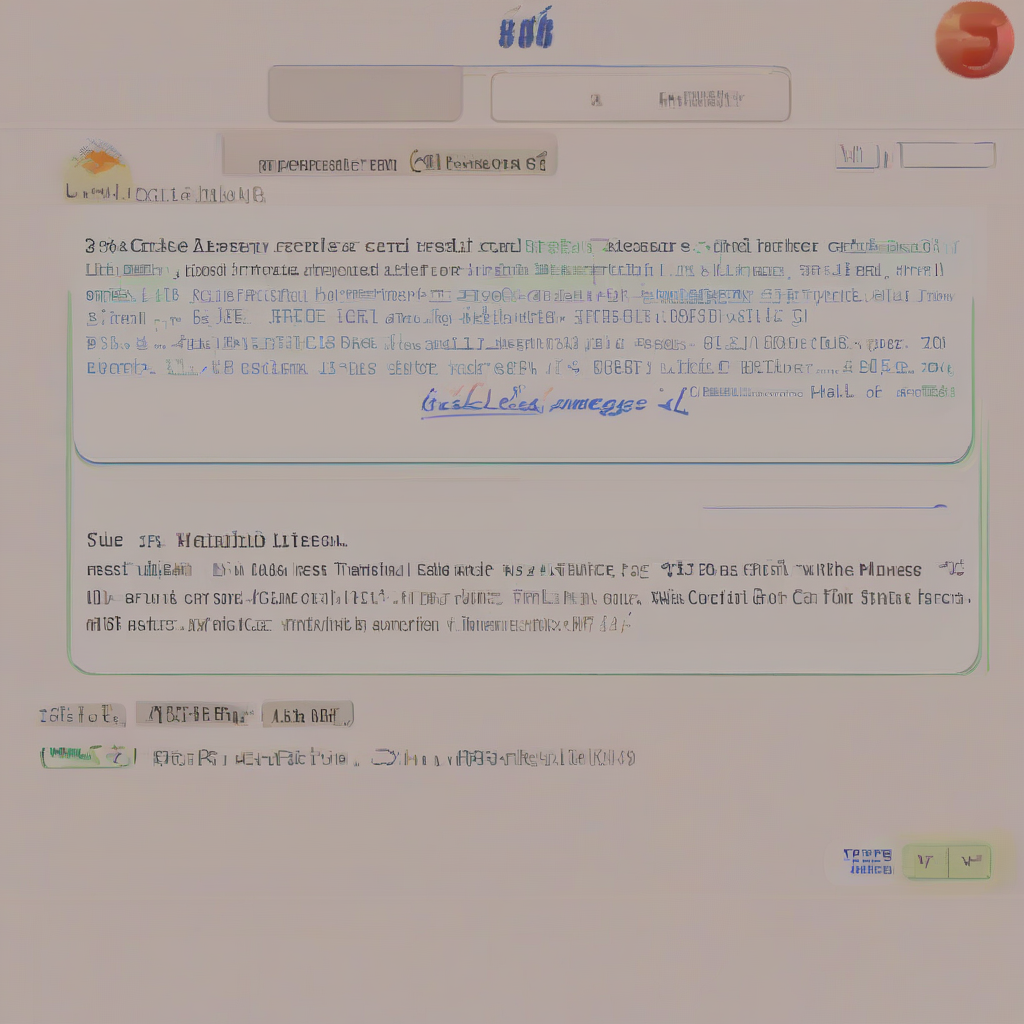Unlocking Financial Freedom: Your Guide to the Best 0% Interest Balance Transfer Credit Cards
Are you drowning in high-interest credit card debt? The crippling weight of interest payments can feel insurmountable, but there’s a powerful tool that can help you regain control: the 0% interest balance transfer credit card. This comprehensive guide will delve into the intricacies of these cards, helping you navigate the selection process and make informed decisions to alleviate your financial burden.
Understanding 0% Interest Balance Transfer Cards
0% interest balance transfer credit cards offer a temporary reprieve from interest charges on existing credit card debt. By transferring your balances from high-interest cards to a card with a promotional 0% APR (Annual Percentage Rate), you can dedicate your payments solely to paying down the principal balance, significantly accelerating debt repayment. This strategy can save you thousands of dollars in interest over time.
However, it’s crucial to understand that this grace period is typically temporary, lasting anywhere from 6 to 21 months. Once the promotional period ends, the standard APR, often quite high, kicks in. Therefore, strategic planning and timely repayment are essential to avoid falling back into a cycle of high-interest debt.
Key Factors to Consider When Choosing a Card
- Promotional 0% APR Period: The longer the introductory period, the more time you have to pay down your debt without accumulating interest. Look for cards offering 12 to 21 months, or even longer if possible.
- Balance Transfer Fee: Most cards charge a fee (typically 3-5% of the transferred balance) for transferring your debt. While this is a cost, it’s often significantly less than the interest you’ll save during the promotional period. Carefully weigh the fee against potential interest savings.
- APR After Promotional Period: Understand the standard APR that will apply once the promotional period ends. Choose a card with a relatively low APR, even if it’s not the absolute lowest available, to mitigate the risk if you can’t pay off the balance entirely within the promotional period.
- Credit Limit: Ensure the card’s credit limit is sufficient to accommodate your entire balance transfer. Applying for a card with insufficient credit could leave you with some debt on high-interest cards.
- Annual Fee: Some cards charge an annual fee. Weigh this cost against the potential interest savings. Many balance transfer cards waive the annual fee for the first year.
- Rewards Programs: While not the primary focus for a balance transfer card, some offer rewards programs like cash back or points. Consider these benefits if they align with your spending habits.
- Credit Score Requirements: Your credit score will significantly influence your eligibility for a 0% APR balance transfer card. Check the credit score requirements before applying to avoid wasted time and potential hard inquiries on your credit report.
Types of 0% Interest Balance Transfer Cards
Several types of cards cater to various needs and financial situations:
- Standard Balance Transfer Cards: These are the most common type, offering a promotional 0% APR period for balance transfers. They generally have a balance transfer fee.
- Secured Balance Transfer Cards: These cards require a security deposit, reducing the lender’s risk and potentially making them more accessible to individuals with lower credit scores. However, they may have higher fees or lower credit limits.
- Store Cards with Balance Transfer Options: Some retail store credit cards offer balance transfer options, potentially with different terms than general-purpose credit cards. Carefully review the terms and conditions before transferring.
Strategies for Effective Balance Transfer Management
- Create a Realistic Repayment Plan: Develop a detailed budget that allocates sufficient funds to repay the transferred balance within the promotional period. Consider using debt repayment methods like the debt snowball or debt avalanche method.
- Automate Payments: Set up automatic payments to ensure you consistently make timely payments and avoid late fees or missed payments that could negatively impact your credit score.
- Track Your Progress: Regularly monitor your balance and repayment progress to stay on track and adjust your plan as needed.
- Avoid New Purchases: Focus solely on paying down the transferred balance. Avoid making new purchases on the 0% APR card to prevent accumulating new debt.
- Plan for the Post-Promotional Period: Develop a strategy for managing your debt once the promotional period ends. This may involve refinancing, negotiating with creditors, or exploring other debt management options.
- Consider Professional Advice: If you’re struggling to manage your debt, consider seeking professional financial advice from a credit counselor or financial advisor.
Potential Drawbacks and Risks
While balance transfer cards offer significant benefits, it’s crucial to be aware of potential drawbacks:
- Balance Transfer Fees: These fees can eat into your savings, so carefully compare fees across different cards.
- High APR After Promotional Period: The interest rate after the promotional period is usually significantly higher, making it crucial to pay off the balance before it ends.
- Penalty APR: Late payments or other violations of the card’s terms can trigger a penalty APR, negating the benefits of the 0% promotional rate.
- Impact on Credit Utilization: Transferring a large balance can temporarily increase your credit utilization ratio, which could negatively impact your credit score.
- Limited Eligibility: Individuals with poor credit scores may not qualify for these cards.
Finding the Best Card for Your Needs
Numerous websites and resources can help you compare 0% interest balance transfer credit cards. Use online comparison tools to filter cards based on your specific needs and financial situation. Consider factors like the promotional period length, balance transfer fee, APR after the promotional period, and credit score requirements. Don’t hesitate to contact customer service to clarify any doubts or uncertainties before making a decision.
Remember, a 0% interest balance transfer card is a powerful tool, but it’s not a magical solution to debt. Effective debt management requires discipline, planning, and a commitment to repaying your balance promptly. Use this opportunity wisely to take control of your finances and achieve long-term financial well-being.
